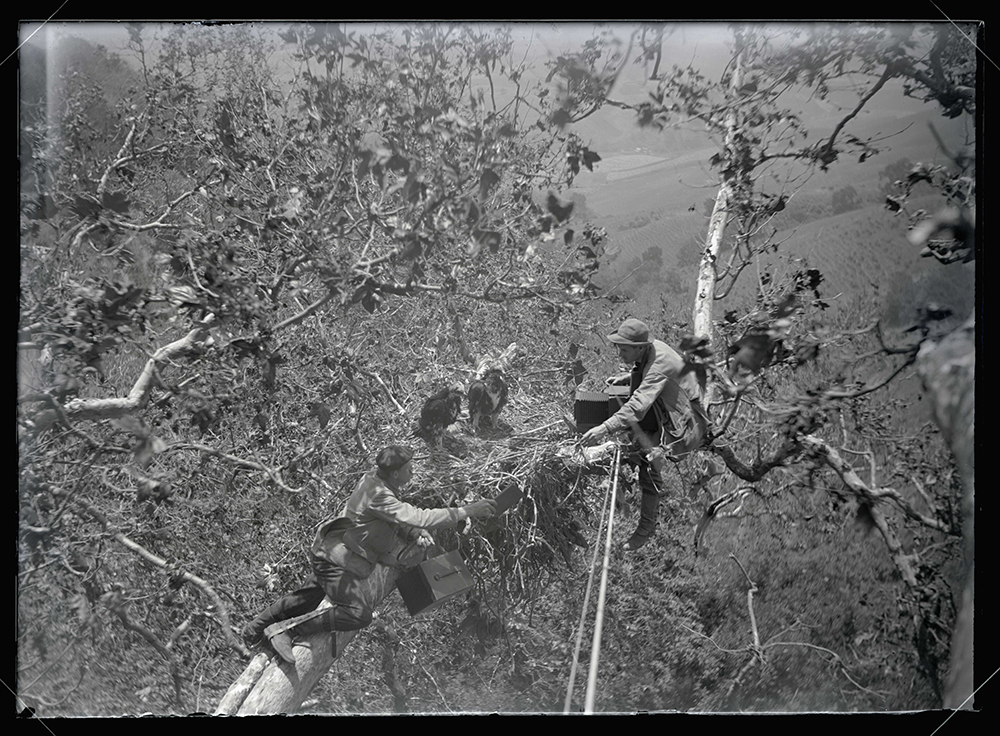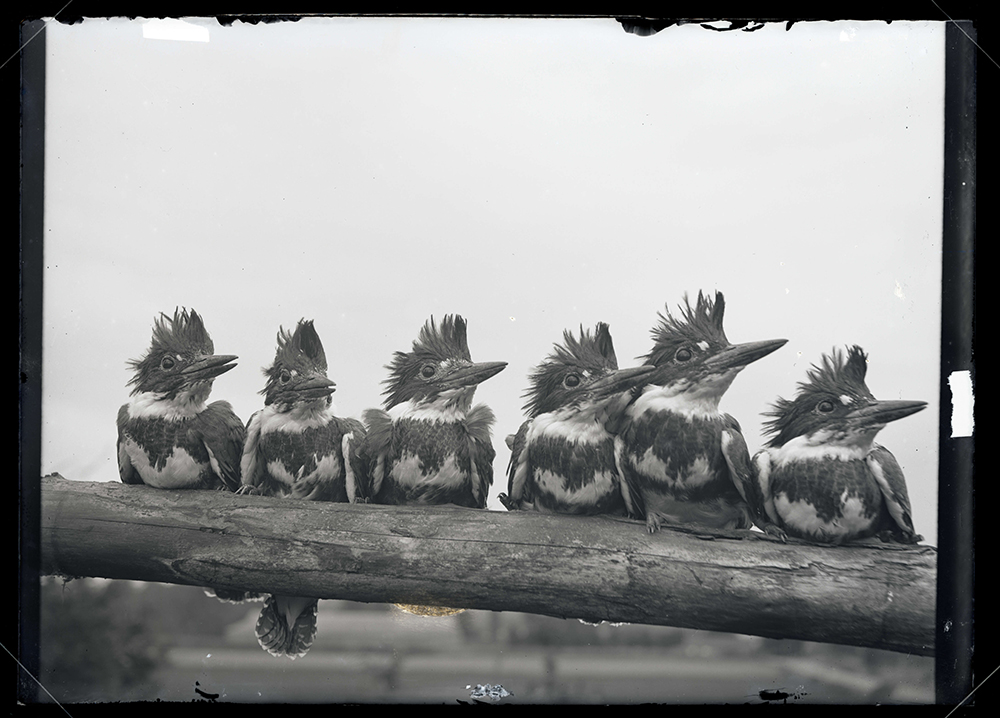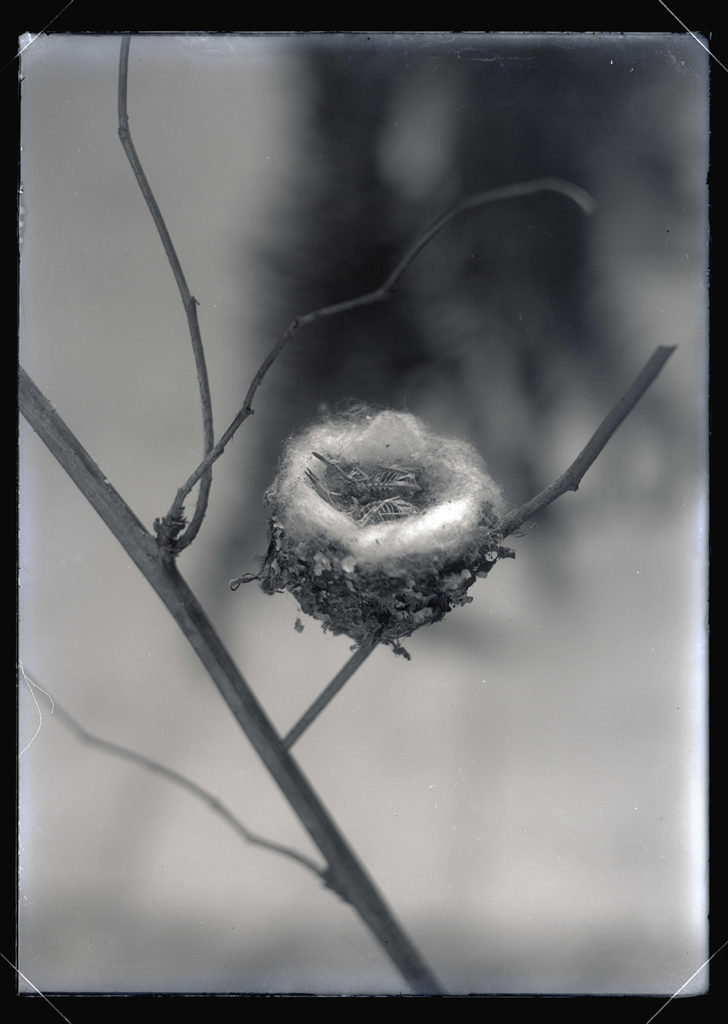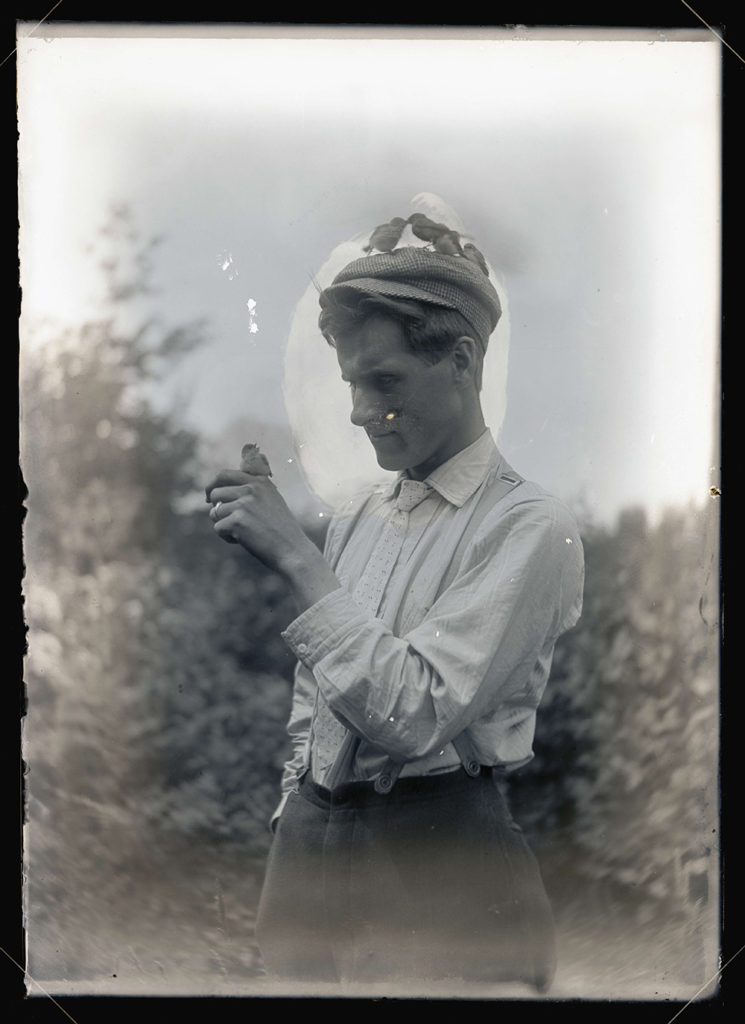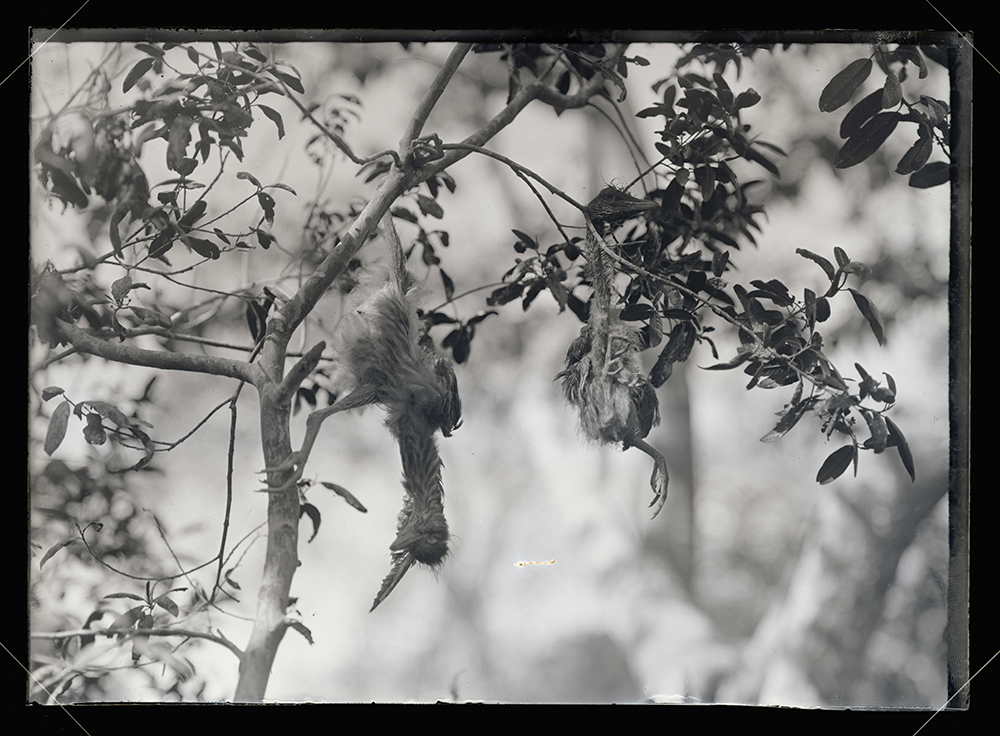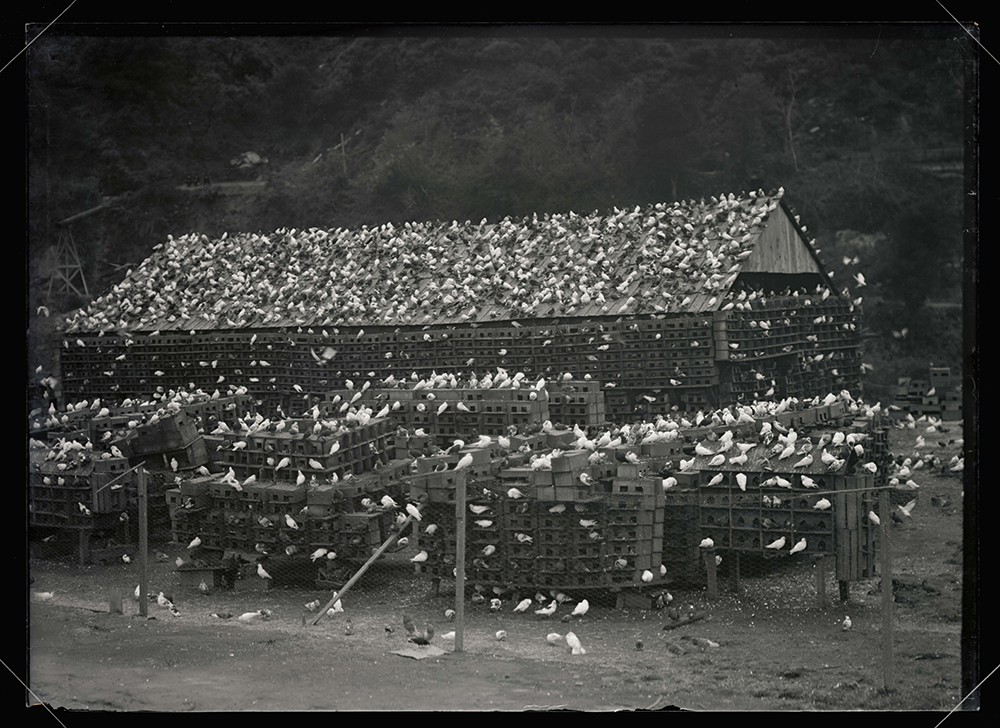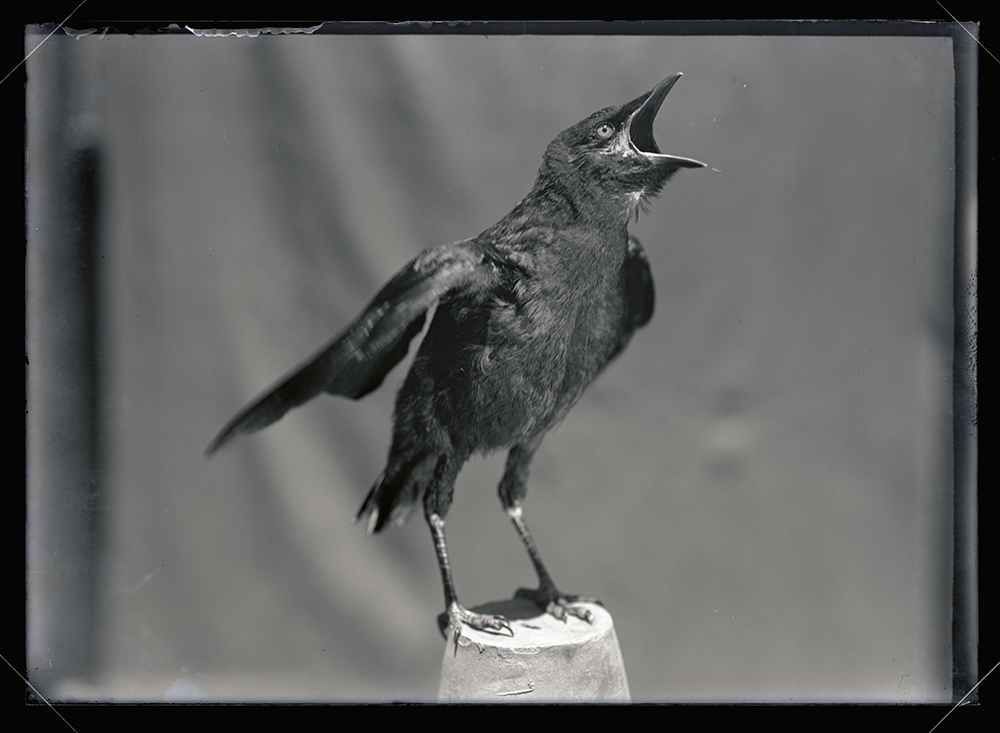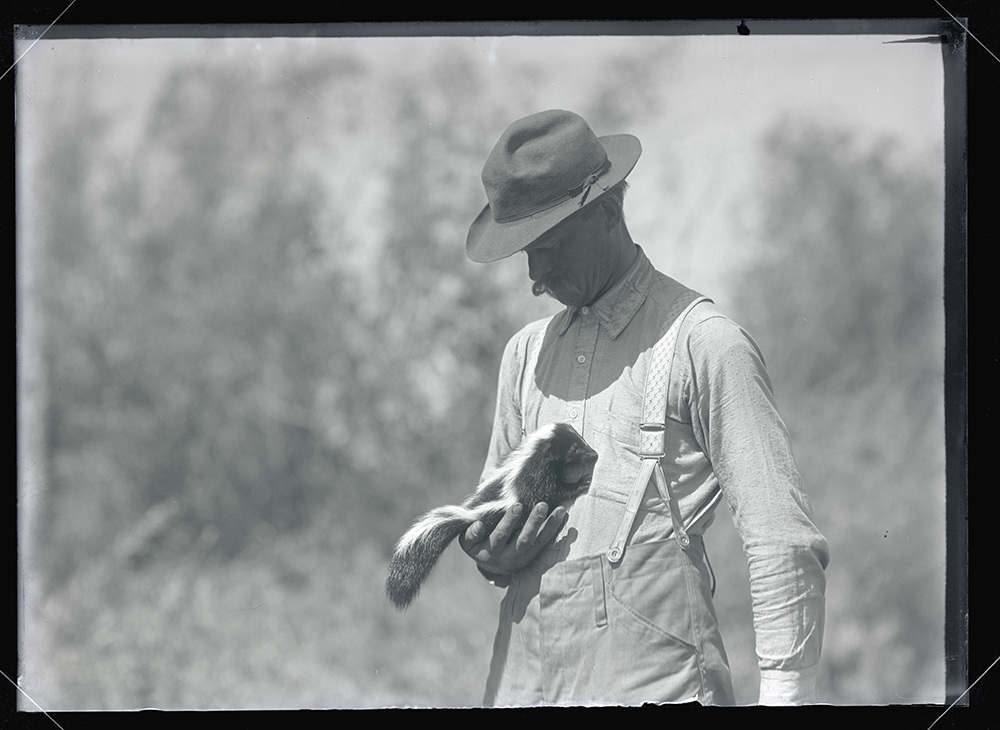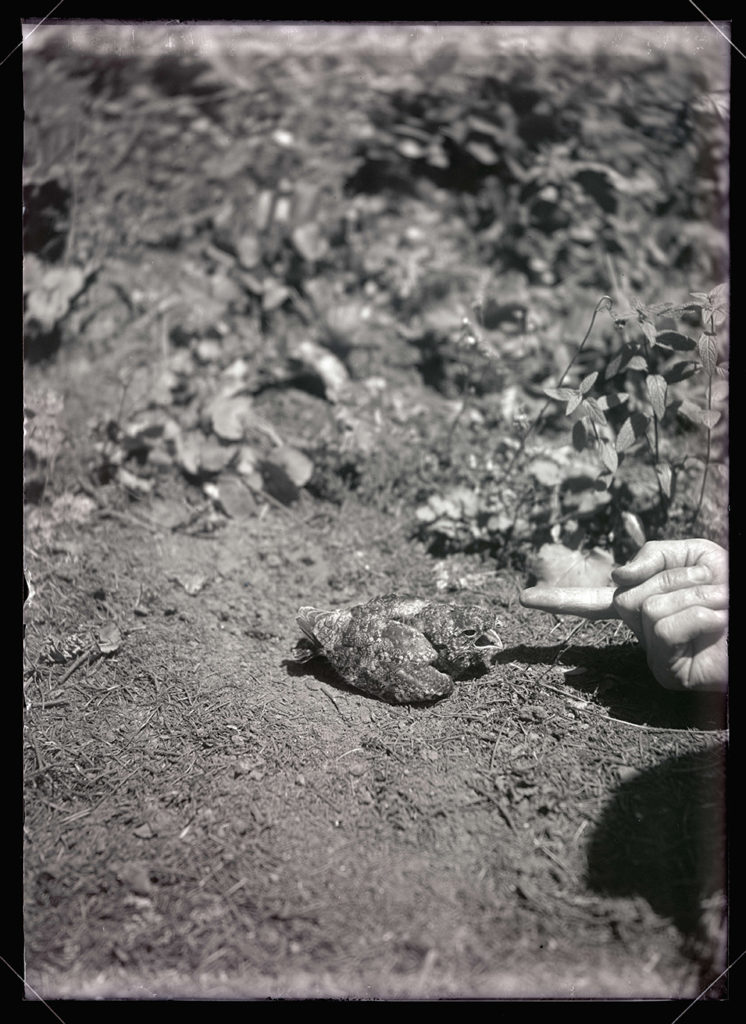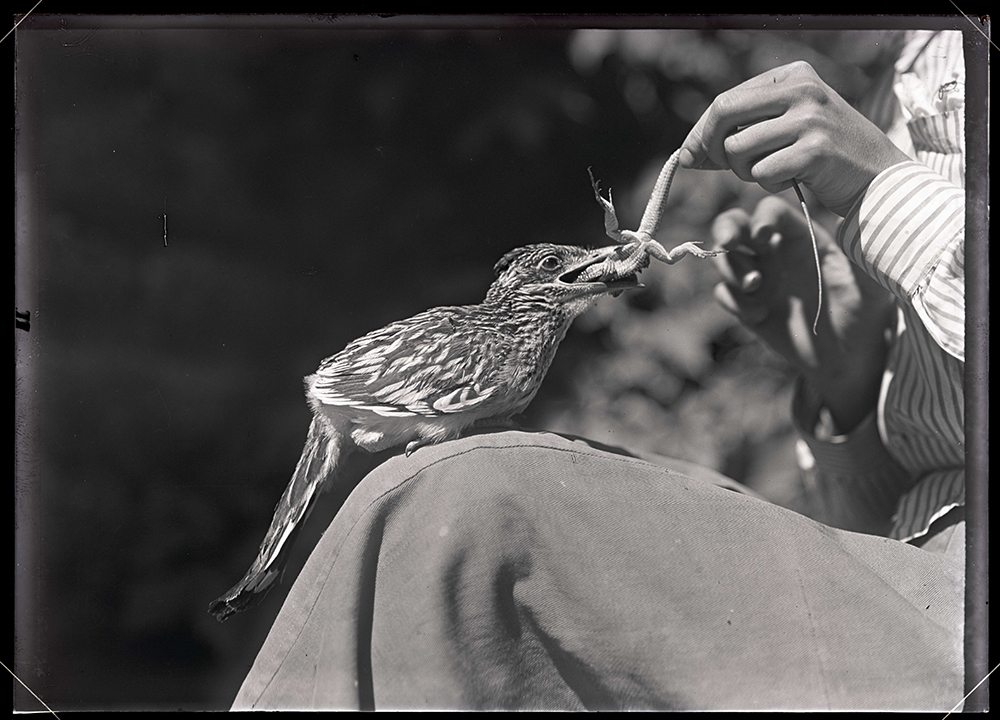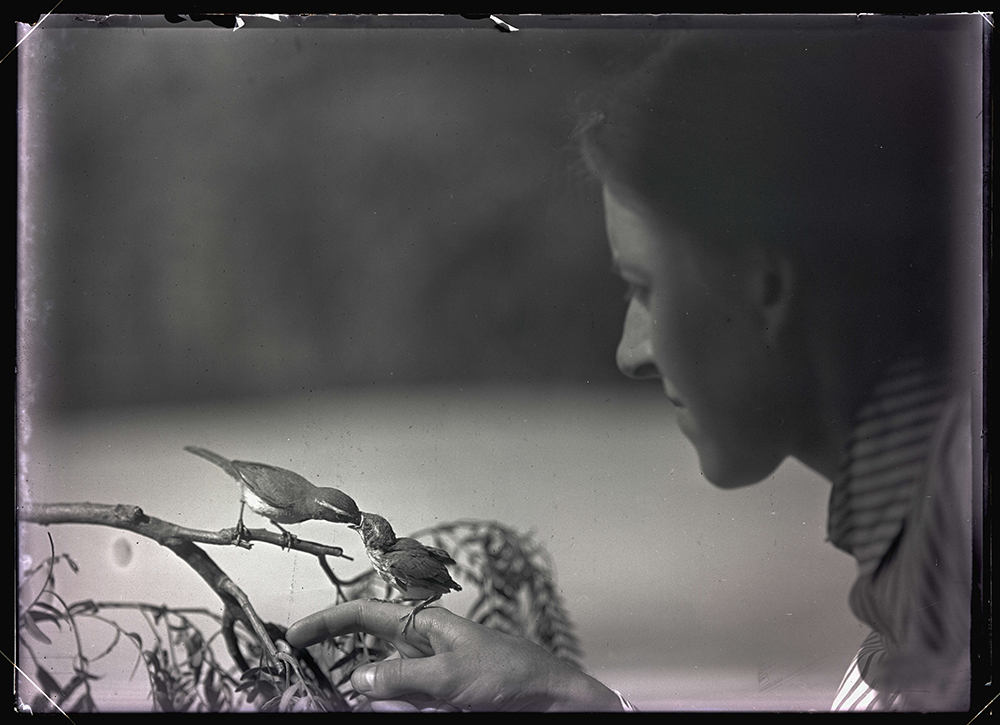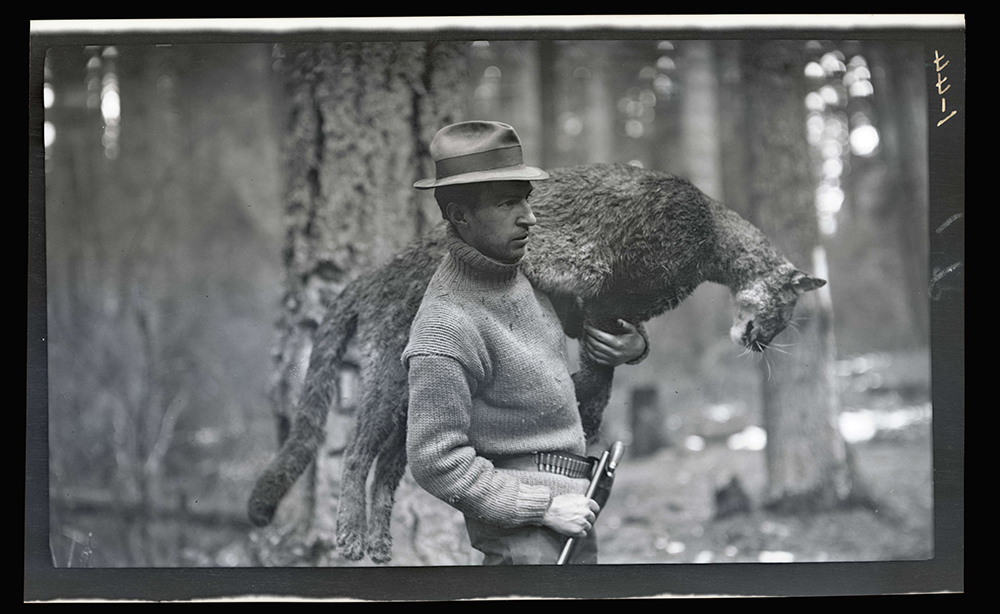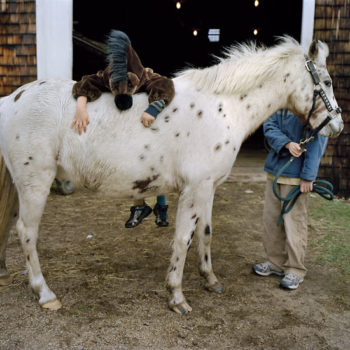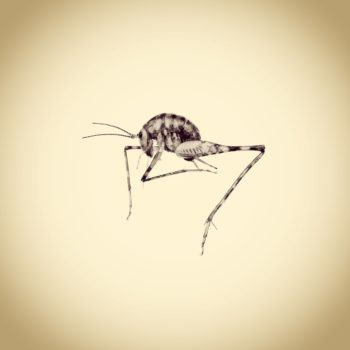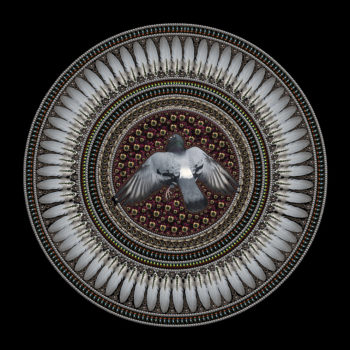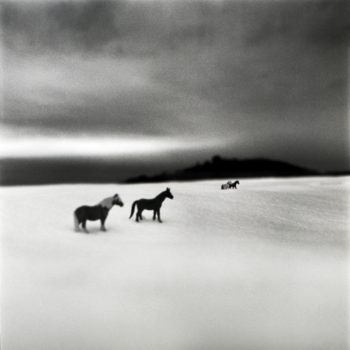Early last month, I attended a wonderful talk by the Oregon Historical Society in partnership with the Audubon Society of Portland, “Hunting Birds with a Camera: How William Finley and Herman T. Bohlman Used Photography to Save Oregon’s Birds,” of “On the Road with Finley and Bohlman: Portland.” The presentation was a retrospective on the work of early twentieth century nature photographers William Finley, Irene Finley, and Herman T. Bohlman, whose photographs and tireless dedication to education captivated the public and resulted in the protection of public lands across Oregon and the first laws to protect wild birds in Oregon.
Scaling trees, fording rivers, and braving Oregon’s most rugged landscapes, the team went to almost any lengths to capture Oregon’s birds on film. It was so fun to see not only the incredible wildlife photographs made but images of the photographs in the making, of Finley and Bohlman knee-deep in swamps or high up in trees, and of birds perched in the hands or on the shoulders of the photographers and the people around them. The scenes captured are almost unbelievable; depicted are certainly not the typical situations in which we can find ourselves with birds and animals in America today.
Finley and Bohlman left behind an astounding legacy of natural history photography and writing, land protection, and grassroots advocacy. More than 6,000 photographic images and 8,600 pages of documents – nearly 50 years of work (1899-1946) – are being released online from the collections of the Oregon Historical Society and Oregon State University. The Reuniting Finley and Bohlman collection on the Oregon Historical Society’s Digital Collections website is where the images featured here come from. I have spent hours going through the currently 3,565 (copyright-free, high resolution) images presented there, marveling at all kinds of gorgeous photos of animals in the West. Of course, I am drawn to pictures of dead animals, hunted and presumably found as carcasses and skeletons, but also curious images of humans and animals interacting in amazing, storybook-like ways.
Sources: Oregon Historical Society; Audubon Society of Portland
Herman T. Bohlman, Every Man a King (Kingfishers) (Portland, 1902)
Herman T. Bohlman, Rufous Hummingbird Nest (Portland, 1902)
Herman T. Bohlman, Bushtits Perched on Bohlman (Portland, 1903)
Herman T. Bohlman, Two Dead Black-Crowned Night Heron Chicks (California, 1904)
William Finley, Pigeon Ranch, Pasadena (California, 1905)
William Finley, Crow (California, 1906)
William Finley, Herman Bohlman Holding a Skunk (Burns/Malheur/Crooked River Region, 1908)
Irene Finley, Western Nighthawk (Jennings Lodge, 1909)
William Finley, Young road-runner on Irene Finley’s knee eating a lizard (Arizona and New Mexico, 1910)
William Finley, Irene Finley Feeding Desert sparrows (Arizona and New Mexico, 1910)
William Finley, Gadsby with a dead cougar (Upper Willamette, 1912)
Posted July 24th, 2017

